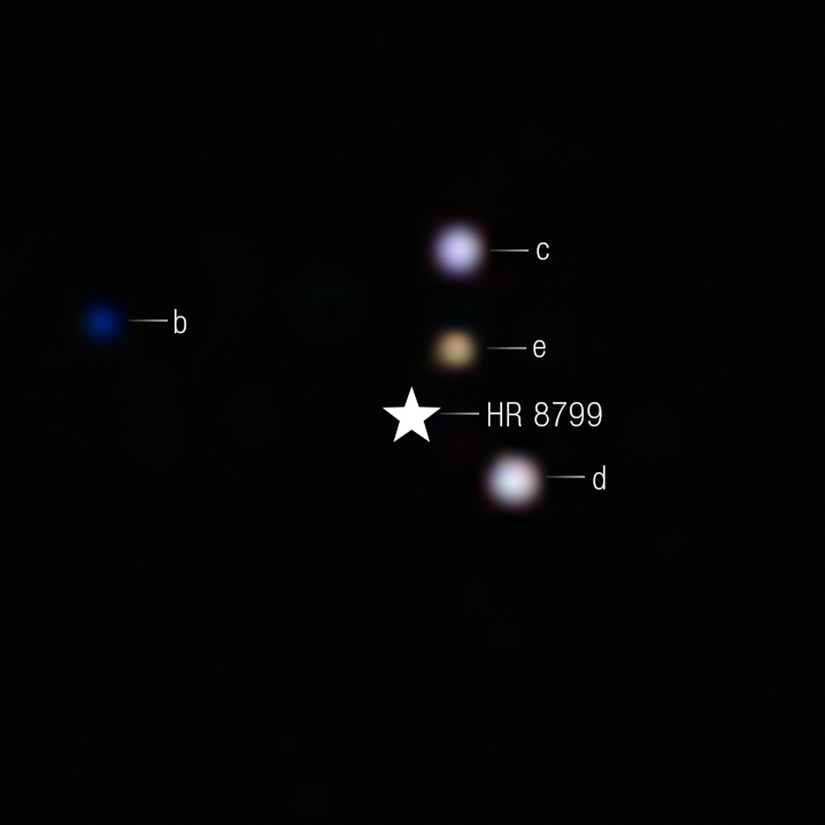
Image credit: NASA, ESA, CSA, STScI, W. Balmer (JHU), L. Pueyo (STScI), M. Perrin (STScI)
The James Webb Space Telescope has captured its first direct images of carbon dioxide in a planet outside the solar system in HR8799, a multiplanet system 130 light-years away that has long been a key target for planet formation studies.
The observations provide strong evidence that the system’s four giant planets ...
Read More









Recent Comments